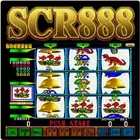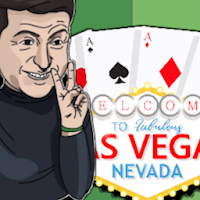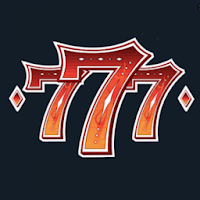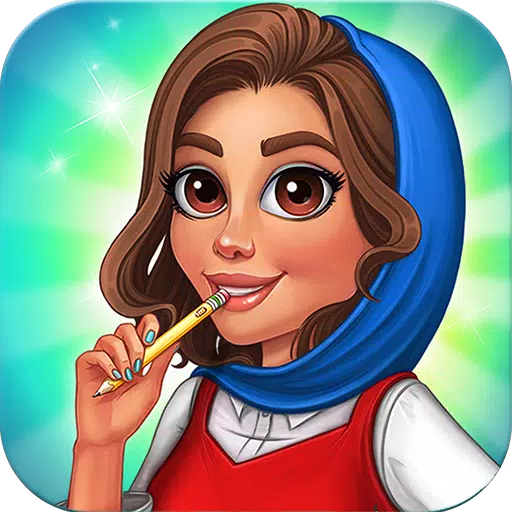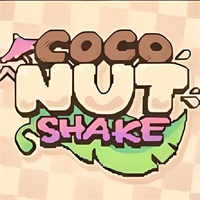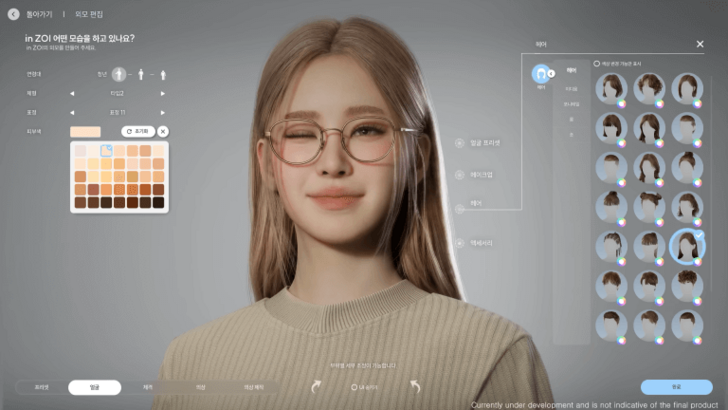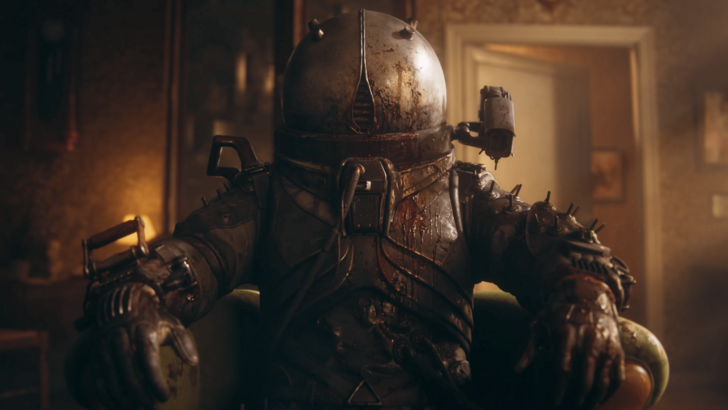In 2015, the French studio Don't Nod set a new standard for interactive dramas with Life is Strange, a captivating adventure that celebrated the beauty of everyday moments, the strength of unbreakable friendships, and the relentless march of time. Players were drawn to its meticulous attention to detail and the ability to explore and influence the game world. While subsequent projects saw the developers branching into different genres, none quite recaptured the magic that Life is Strange had ignited in fans' hearts.
Years later, Don't Nod returns to its storytelling roots with Lost Records: Bloom & Rage, a coming-of-age tale that transcends mere interactive cinema. It's a heartfelt tribute to a bygone era and the carefree spirit of youth. With its evocative atmosphere, richly drawn characters, and the weight of player choices, Lost Records captivates and immerses players in its world.
Table of Contents
- Friends Reunite to Uncover Secrets from the Past After 27 Years
- Choices Still Impact Surroundings, Dialogues, and Relationships
- Bloom & Rage Creates Beautifully Imperfect Characters
- A Town Worth Dreaming About
- Slow-Paced Plot: The Defining Feature of the Story
Friends Reunite to Uncover Secrets from the Past After 27 Years
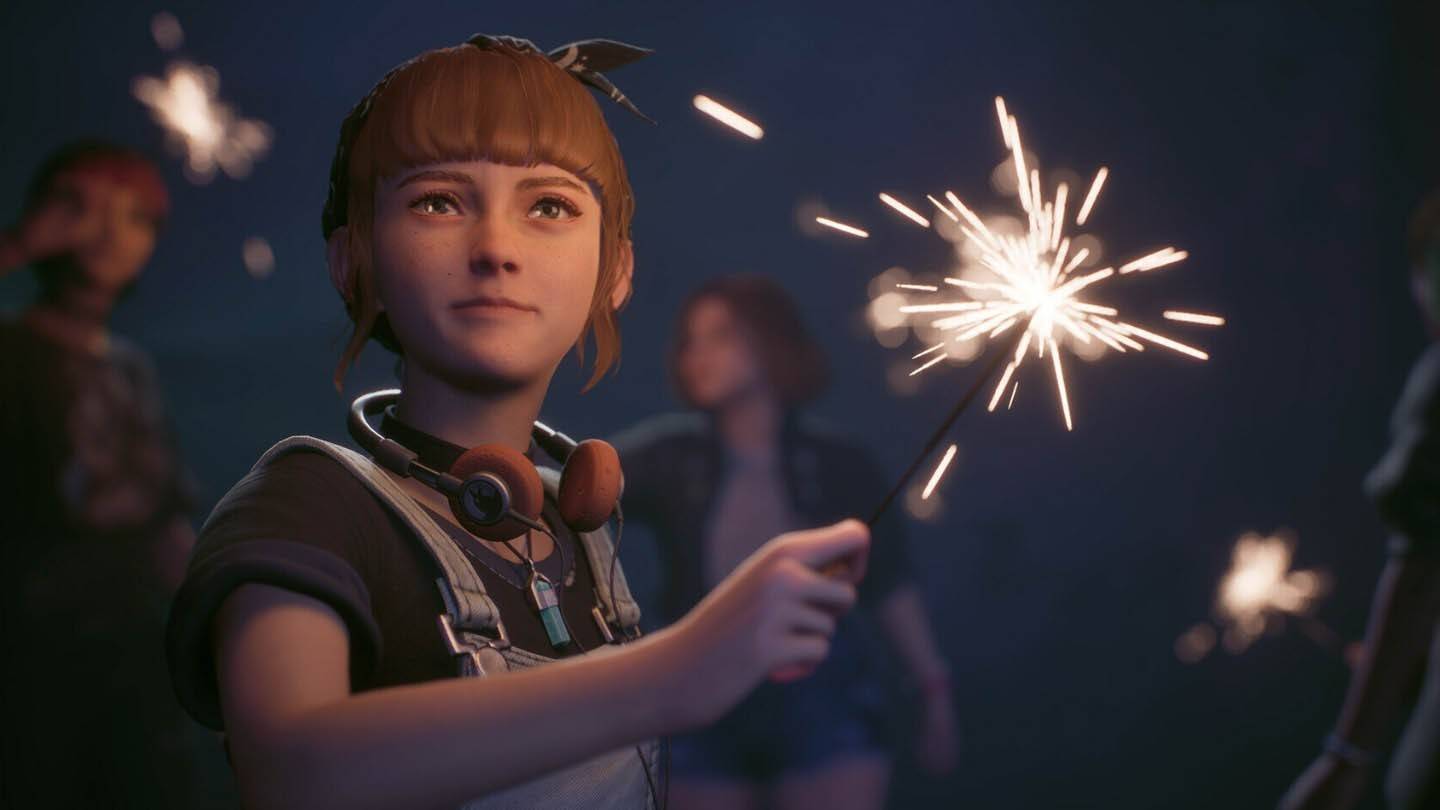 Image: ensigame.com
Image: ensigame.com
At the core of Lost Records is the story of four women whose friendship was shattered 27 years ago. Our protagonist, Swan Holloway, returns to her hometown of Velvet Bay for a reunion with her old friends, only to find a mysterious package from their past waiting for them. A forest, an abandoned house, and secrets best left undisturbed—their forgotten memories come to life. This is the essence of Bloom & Rage: a summer night's dream relived.
The narrative weaves between two timelines: 1995, a time when the grass seemed greener and the sun shone brighter, and 2022, where the heroines, now in their forties, sit in a bar with awkward smiles, avoiding the painful incident that drove them apart. The camera even switches to first-person mode to highlight the contrast between these periods.
However, the bulk of the gameplay unfolds in the past. Players explore breathtaking locations, nurture relationships, and capture moments with a vintage HVS camera.
Video recording is a central mechanic. Much like Max in Life is Strange, Swan loves filming graffiti, wildlife, people, and even hints of the paranormal.
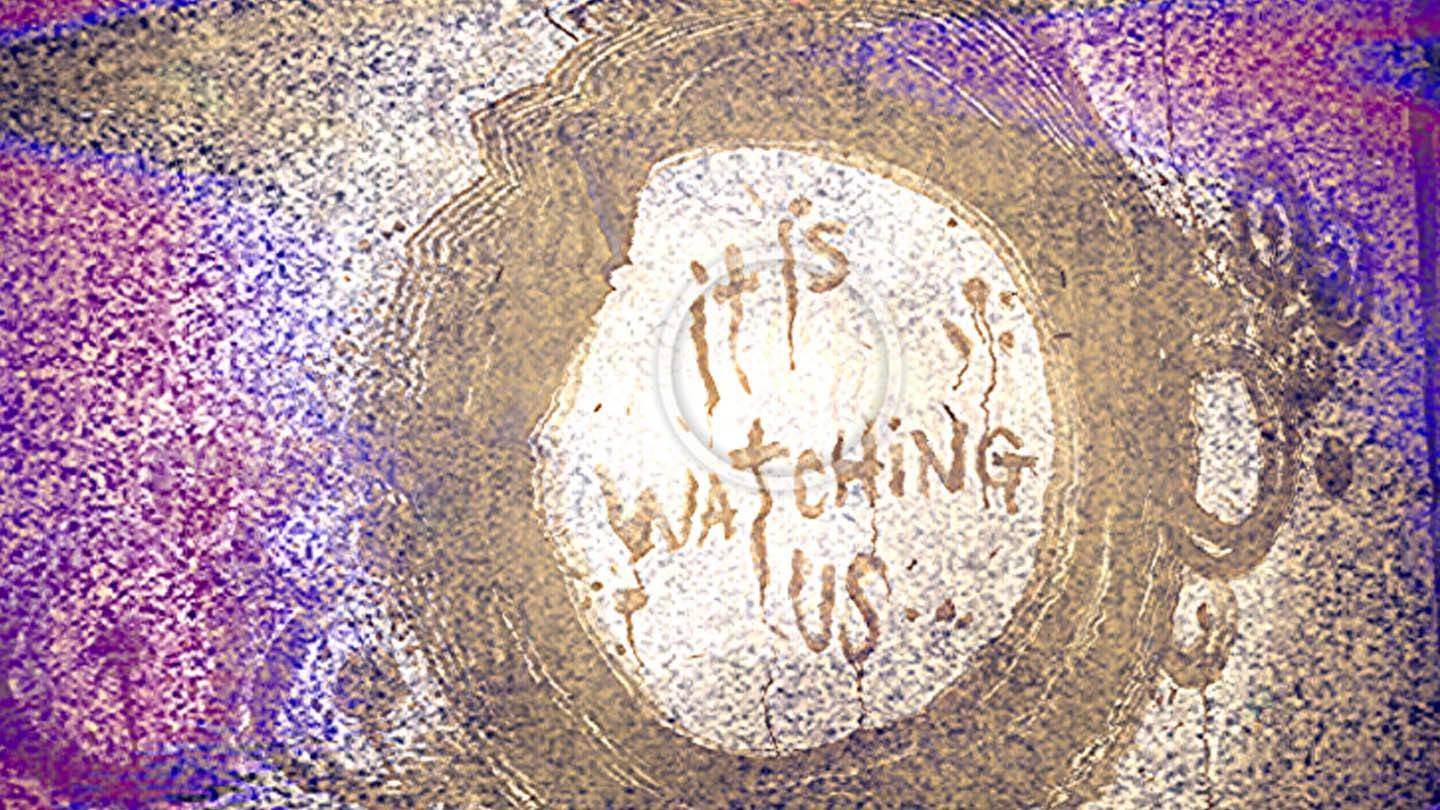 Image: ensigame.com
Image: ensigame.com
In a dedicated menu, players can edit their collected footage into short films, categorized by themes, with Swan providing commentary on the results. Some of these documentaries appear in the storyline, though they don't alter its course.
Meanwhile, the choices players make during gameplay have both immediate and long-term effects on the story. Due to the episodic nature of the game, the long-lasting impacts are currently fewer, but they remain a key feature of its narrative.
Choices Still Impact Surroundings, Dialogues, and Relationships
Lost Records excels in interactivity and attention to detail, hallmarks of Don't Nod's work.
For example, in one scene, Swan expresses a desire for ice cream from a nearby truck. Players can choose to buy some or ignore her wish and continue with other tasks. Delaying too long means missing out, as the truck closes, and subsequent conversations with new acquaintances shift accordingly.
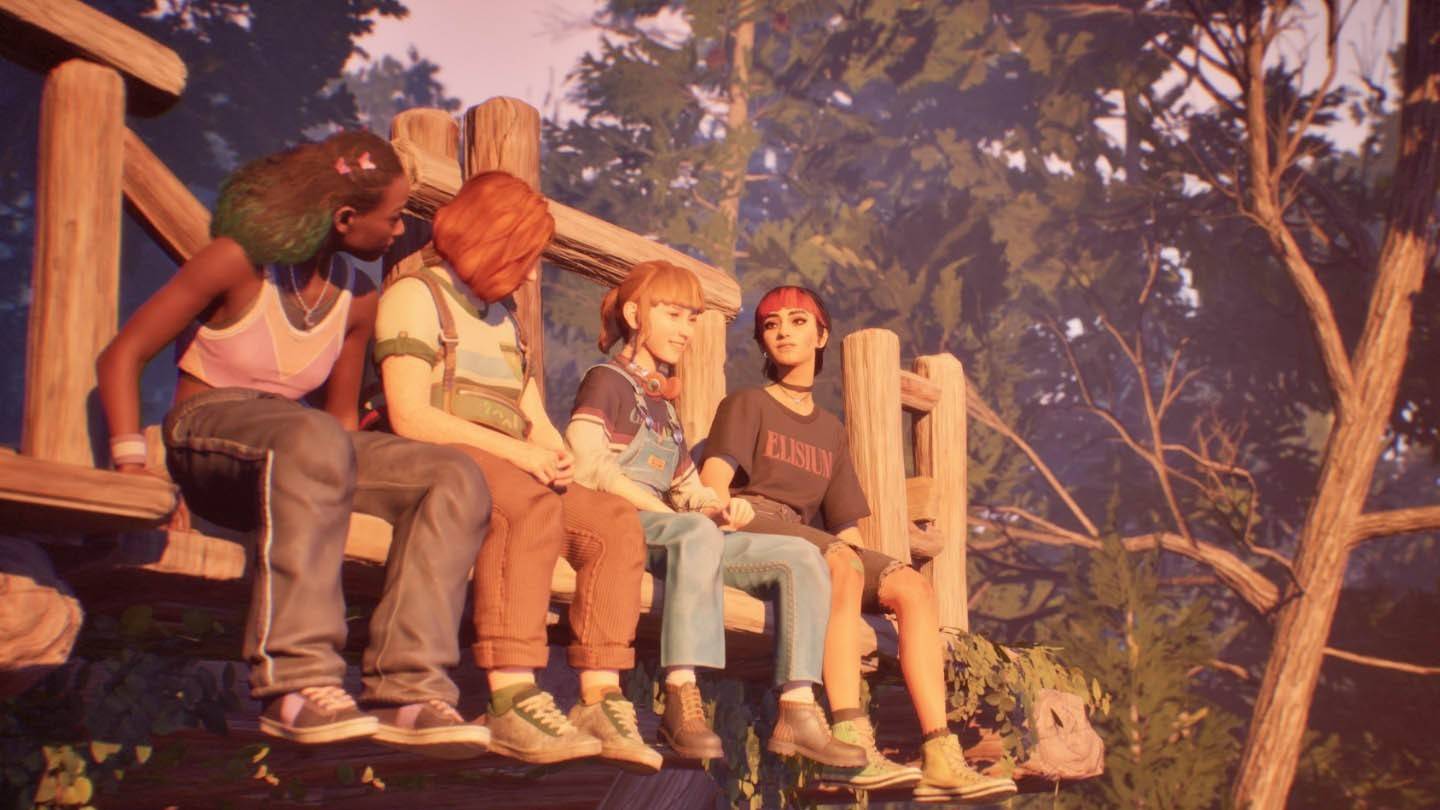 Image: ensigame.com
Image: ensigame.com
The game world is dynamic, enhancing its charm. Dialogues unfold in real-time, reminiscent of Oxenfree and Telltale games: characters interrupt each other, change topics, and sometimes, silence is the best response. Choosing not to speak can be more impactful than impulsively revealing someone's secret.
The freedom to build relationships is another form of choice. There's no need to seek everyone's approval. If someone doesn't appeal to you, you can simply ignore them. Swan is shy, but players can help her open up.
Bloom & Rage Creates Beautifully Imperfect Characters
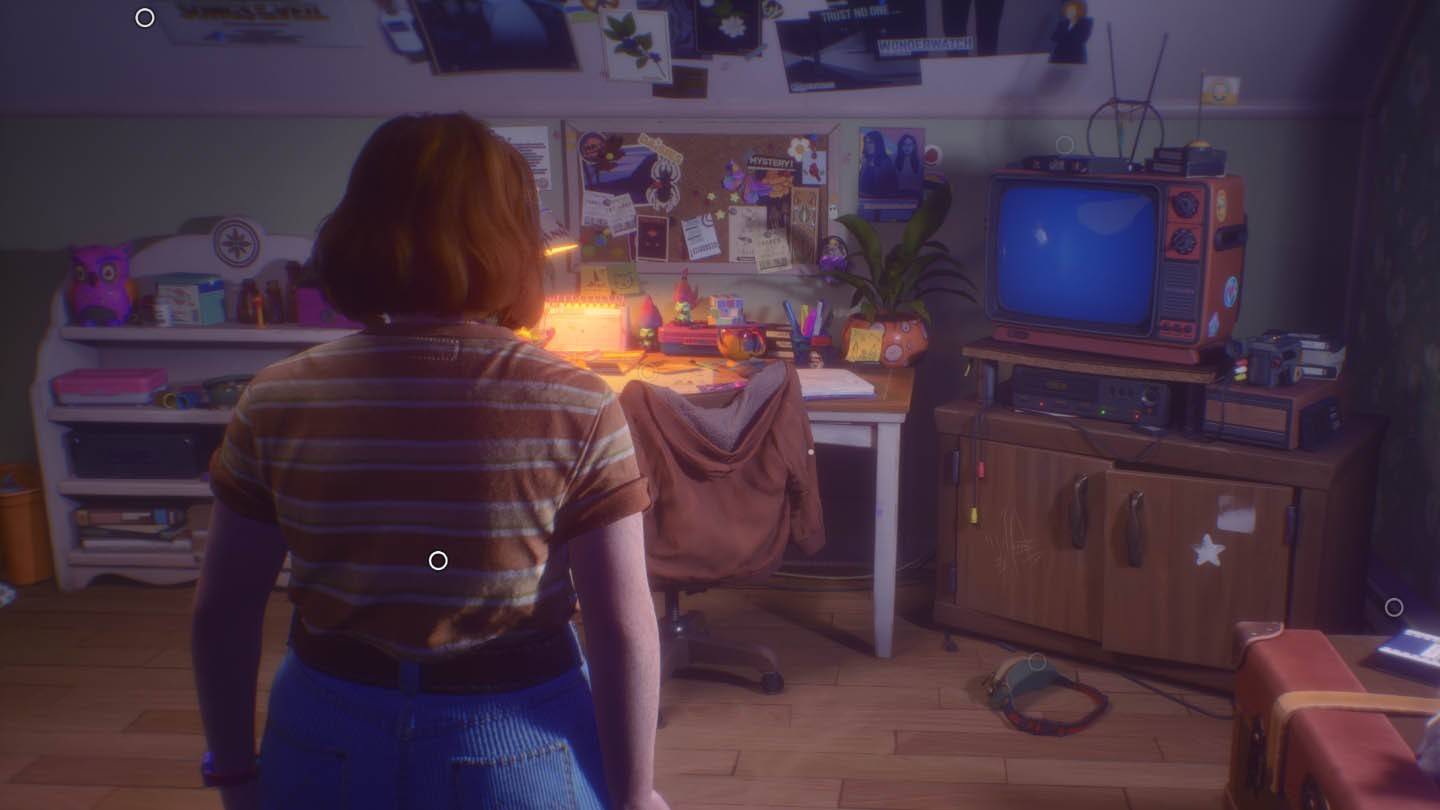 Image: ensigame.com
Image: ensigame.com
Don't Nod has a knack for crafting characters that feel authentic. They're loud, occasionally clumsy in their youthful idealism, yet deeply sincere.
I once criticized the main cast of Life is Strange: Double Exposure for lacking depth, wondering if interactive films no longer resonated with me. It turns out the issue was elsewhere. Deck Nine doesn't capture personalities as effectively as Don't Nod.
Swan is endearing. She's a typical 16-year-old, self-conscious, constantly worried about her words, and using her video camera as a shield. While she might seem reminiscent of Max Caulfield from Life is Strange, Swan is no mere copy; she's a unique character with her own journey.
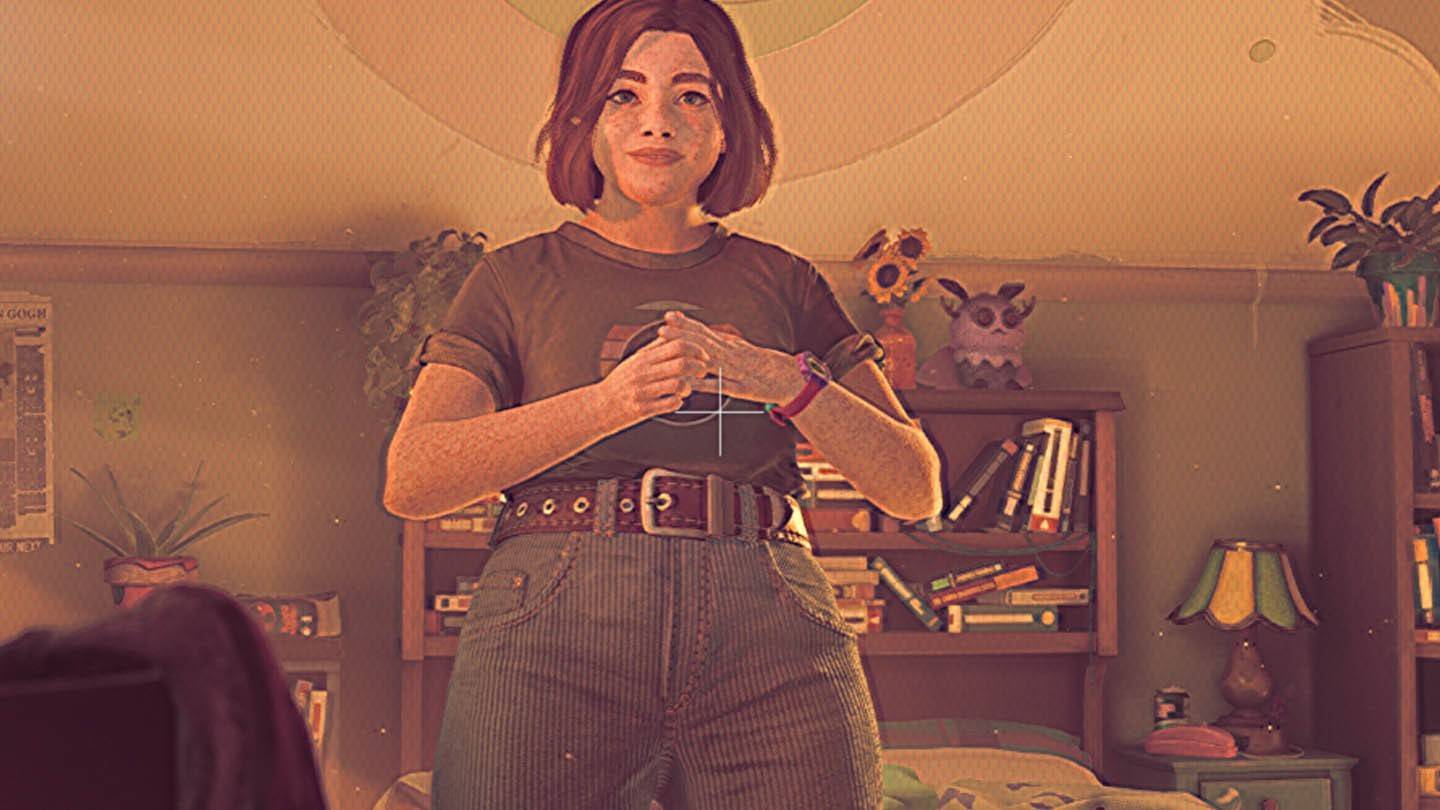 Image: ensigame.com
Image: ensigame.com
Her friends—Ottem, Kate, and Nora—embody familiar archetypes but transcend them. Nora, the punk girl with colorful bangs and big American dreams, surprises with her cautious nature. Kate, the passionate writer, often pushes for wild adventures, urging Swan to be bolder and seize the moment. Ottem values thoughtful and serious individuals.
In their company, players feel like teenagers again, convinced they know everything about life, no matter their actual age. Lost Records is a journey through time, not just into youth but into the heart of the '90s.
A Town Worth Dreaming About
Nostalgia permeates every aspect of Lost Records. Swan's room, filled with relics like bulky TVs, VHS tapes, floppy disks, tamagotchis, Rubik's cubes, and troll dolls, is a treasure trove for millennials. Each detail invites exploration and reflection, evoking both admiration and a sense of loss for those golden years.
Easter eggs referencing pop culture are plentiful: Sabrina, The X-Files, Tank Girl, The Goonies, Twilight, Casper, Revenge of the Nerds—and these are just the movies. There are nods to video games like Oxenfree, Night in the Woods, Control, and, of course, Life is Strange, as well as books and music such as House of Leaves, Nine Inch Nails, and Nirvana.
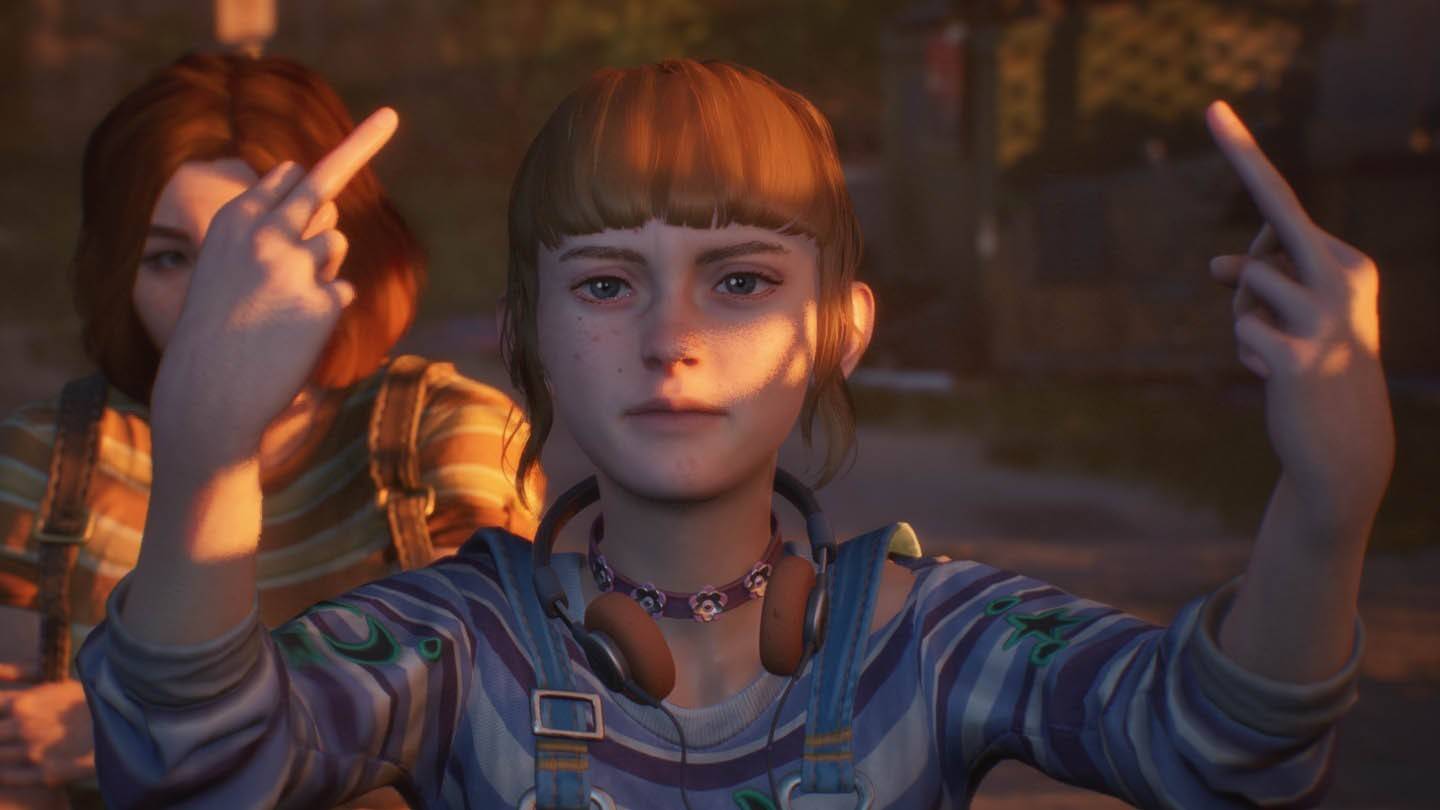 Image: ensigame.com
Image: ensigame.com
The most overt reference is the plot setup, reminiscent of Stephen King's It, with 27 years passing since the characters last met.
The soundtrack deserves special mention. Don't Nod's choice of dream-pop and indie-rock tunes, including the standout track "See You in Hell," is soothing and memorable. Initially, I thought the music didn't resonate, but "The Wild Unknown" has been stuck in my head for days.
Thanks to the masterful integration of all these elements, Velvet Bay emerges as the quintessential sleepy American town. Cozy by day, eerie by night, the more you explore, the more Bloom & Rage intrigues and confounds you.
Slow-Paced Plot: The Defining Feature of the Story
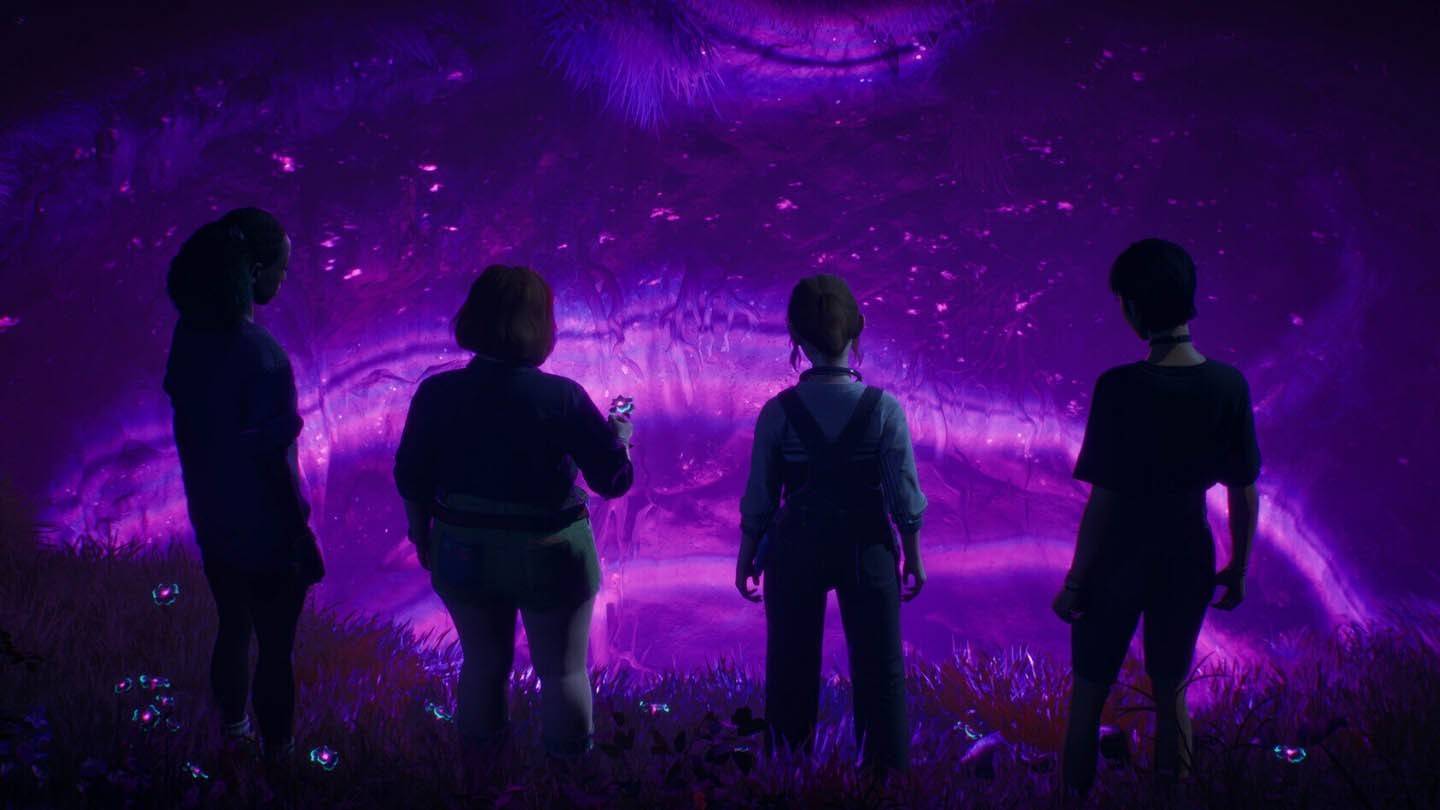 Image: ensigame.com
Image: ensigame.com
The exposition unfolds so gradually that you might forget you're playing a mystery game. Unlike Life is Strange, where teenage life quickly gives way to detective work, Lost Records sets a different pace. It insists players get to know the characters, forge bonds, and soak in the '90s atmosphere before the narrative shifts gears.
For me, this isn't a flaw, but it might not suit everyone. The pace picks up in the second half of the first episode (or "reel," as it's called), with rising tension and suspense. The final scene ends on a gripping cliffhanger, promising more excitement in the next installment. This leaves players theorizing and eagerly anticipating what's to come—exactly what the developers intended.
Lost Records: Bloom & Rage transports players to the '90s, even if they never lived through them. It's a game that understands its audience and doesn't pretend to be anything else. It has all the ingredients for success in its genre: relatable characters, engaging interactions, and the potential for a compelling story. Its true impact will be revealed with the release of the second part on April 15th. Hopefully, Don't Nod will work their magic once more, and I eagerly await the conclusion.
 Home
Home  Navigation
Navigation






 Latest Articles
Latest Articles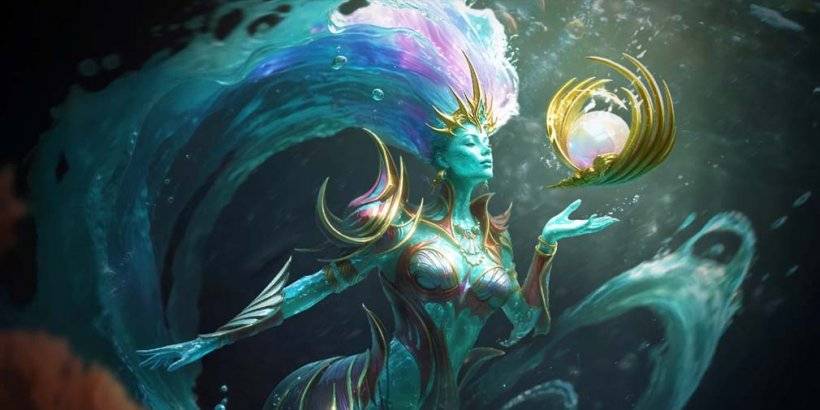


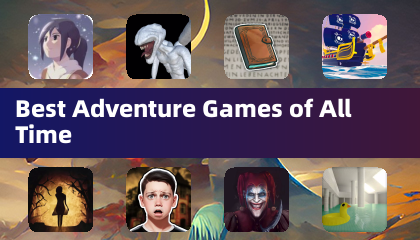
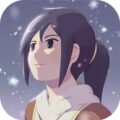
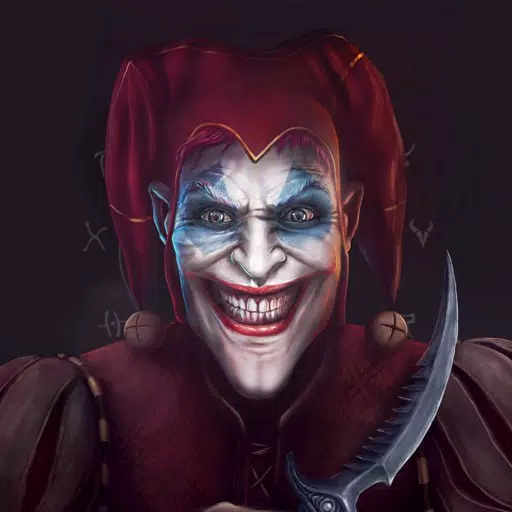
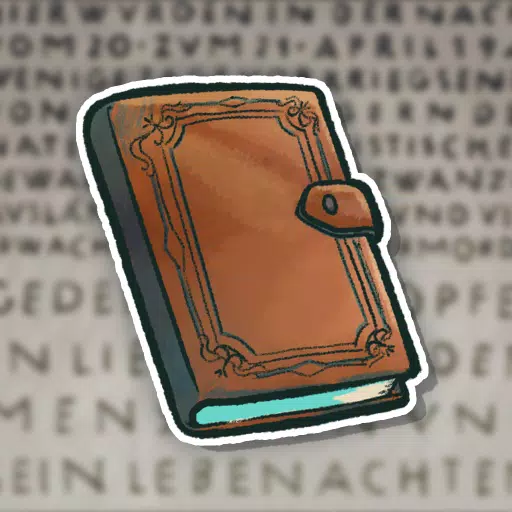
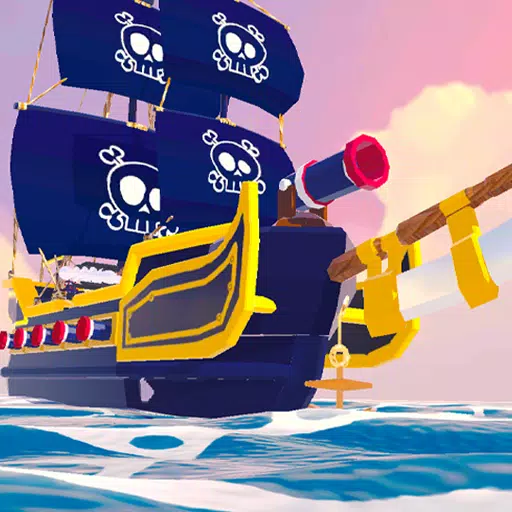
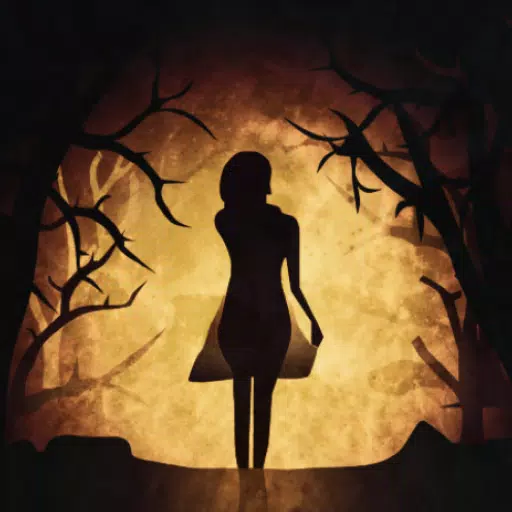
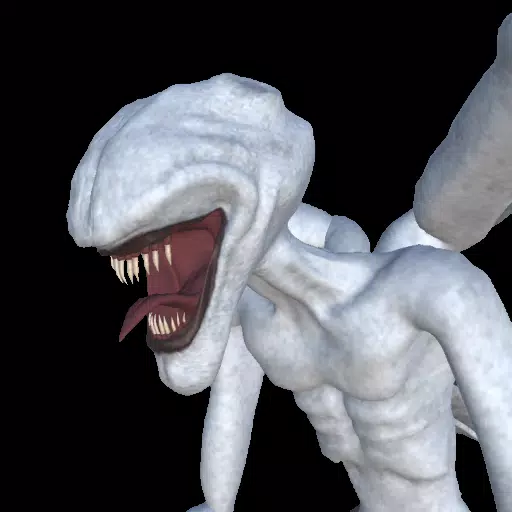
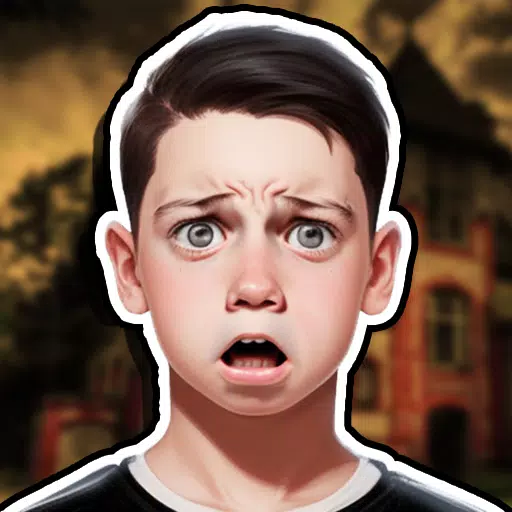
 Latest Games
Latest Games